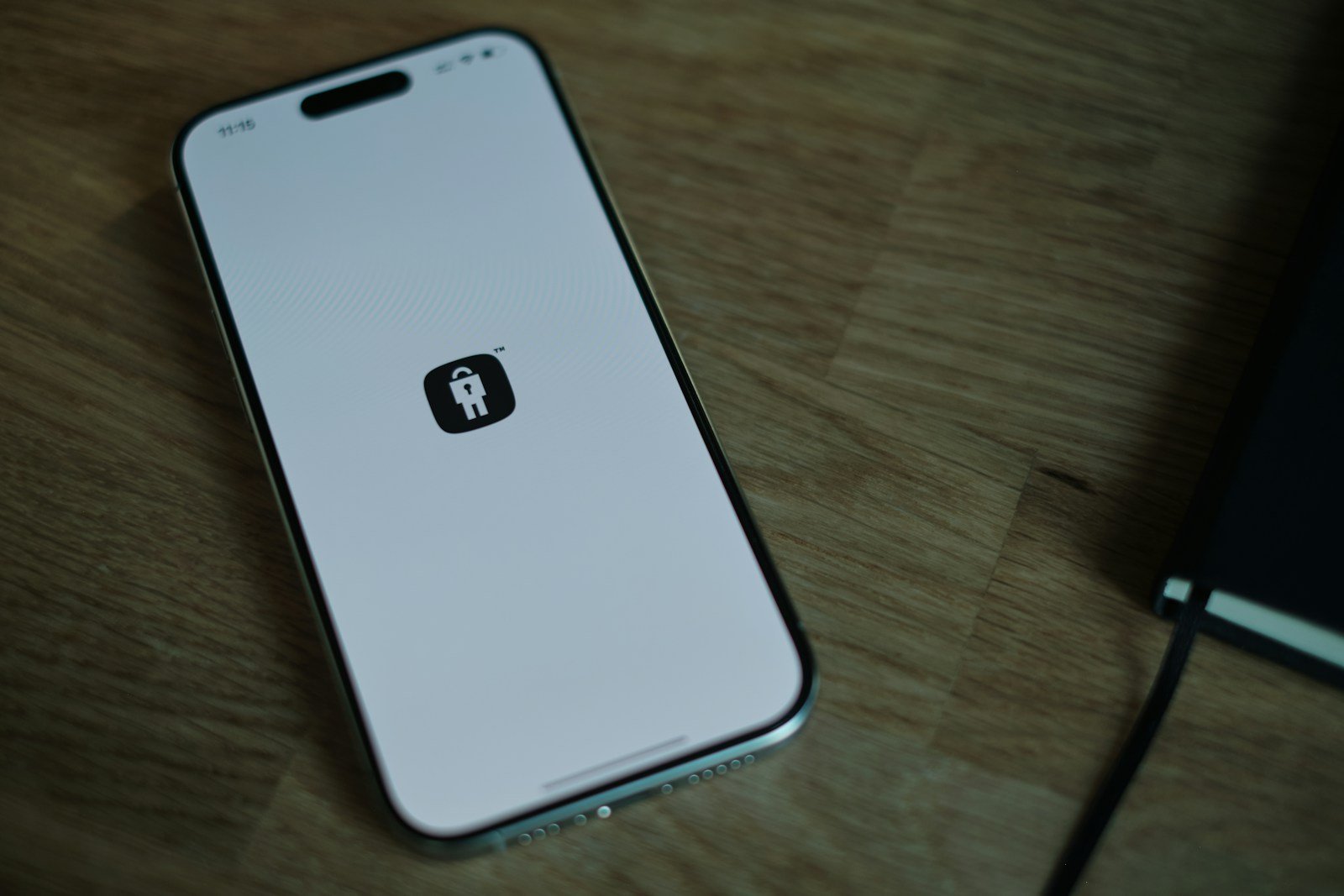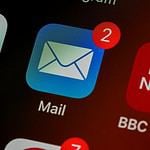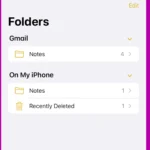Unlocking an iPhone can be a straightforward process for users in the United States who wish to use their device with a different carrier. An unlocked iPhone enables the user to switch between networks freely, which is particularly useful for traveling or simply taking advantage of another carrier’s service offerings.
To unlock an iPhone for free, the first step is understanding whether the device is eligible for unlocking. This typically requires the original carrier’s approval and may be subject to certain conditions, such as the device being fully paid off and not linked to a contract with outstanding payments. Procedures may vary slightly by carrier, but most require contacting customer service or submitting an unlock request through the carrier’s website.
Unlocking your iPhone allows you to use it with any carrier, both in the U.S. and internationally. The process is completely free if your device meets your carrier’s eligibility requirements.
🔍 Step 1: Check if Your iPhone Is Locked
- Go to Settings → General → About.
- Scroll down to Carrier Lock.
- If it says “No SIM restrictions”, your iPhone is already unlocked.
- If it says “SIM locked”, you’ll need to request an unlock.
(Source: Apple Support)
🧾 Step 2: Confirm You Meet Carrier Requirements
Each U.S. carrier has its own unlock policy. Generally, you must:
- Have paid off your device in full.
- Have an account in good standing (no overdue bills).
- Have used the device on that carrier’s network for a minimum period (usually 40–60 days).
🏢 Step 3: Request an Unlock from Your Carrier
Below are the official unlock request links for major U.S. carriers:
| Carrier | Unlock Portal / Contact |
|---|---|
| AT&T | AT&T Device Unlock Portal |
| Verizon | Verizon Unlock Policy (Verizon usually unlocks phones automatically after 60 days) |
| T‑Mobile | T‑Mobile Unlock Policy |
| Sprint (Now T‑Mobile) | Same as T‑Mobile |
| US Cellular | US Cellular Unlock Policy |
Steps:
- Visit your carrier’s unlock page.
- Log in or enter your IMEI number (find it in Settings → General → About).
- Submit your unlock request.
- Wait for confirmation — this can take anywhere from a few hours to a few days.
(Sources: Apple Support, HowStuffWorks)
🔄 Step 4: Complete the Unlock Process
Once your carrier confirms the unlock:
If you have a physical SIM:
- Power off your iPhone.
- Insert a SIM card from a different carrier.
- Turn your iPhone back on.
- You should see a message like “iPhone Unlocked” or be able to make calls on the new network.
If you use eSIM:
- Go to Settings → Cellular → Add eSIM.
- Scan the new carrier’s QR code or follow their setup instructions.
🧰 Step 5: Verify Your iPhone Is Unlocked
After inserting a new SIM, if your phone connects to the new network and you can make calls or use data, your iPhone is successfully unlocked.
Alternatively:
- Go to Settings → General → About → Carrier Lock again — it should now say “No SIM restrictions.”
⚠️ Important Notes
- Never pay third‑party websites that promise “instant unlocks.” Many are scams or use unauthorized methods that can void warranties.
- Apple cannot unlock your iPhone directly — only your carrier can.
- Unlocking does not remove iCloud Activation Lock (that’s tied to your Apple ID).
🌎 Bonus: Using Your Unlocked iPhone Abroad
Once unlocked, you can:
- Insert a local SIM card while traveling.
- Use international eSIM providers like Airalo, Ubigi, or GigSky.
- Save on roaming fees and stay connected anywhere.
✅ Summary
| Step | Action |
|---|---|
| 1 | Check if your iPhone is locked |
| 2 | Confirm eligibility with your carrier |
| 3 | Submit unlock request via official carrier portal |
| 4 | Insert a new SIM or set up eSIM |
| 5 | Verify unlock status |
In short:
Unlocking your iPhone in the U.S. is completely free — you just need to meet your carrier’s requirements and submit an official request. Once unlocked, your iPhone can be used with any carrier worldwide.
Key Takeaways
- Unlocking an iPhone allows network switching.
- Eligibility to unlock typically depends on carrier conditions.
- Procedures to unlock may require contacting the carrier or online request submission.
Understanding iPhone Unlocking
When it comes to using an iPhone with a different service provider, understanding the unlocking process is essential. Unlocking an iPhone allows it to work on other networks, which is useful when switching carriers or traveling.
The Basics of iPhone Lock and Unlock
When an iPhone is locked, it means the device can only connect to the network of the carrier it was originally purchased from. Unlocking the iPhone removes this limitation. Typically, iPhones are sold locked to a carrier when bought on a contract. An unlocked iPhone is not bound to any carrier, allowing the use of any SIM card from any provider.
Carrier Restrictions and Eligibility Criteria
Each carrier has its own set of rules for when they will unlock an iPhone. Most require the iPhone to be fully paid off and the account to be in good standing. They may also set a time limit; for example, the iPhone has been active on the network for a certain number of days. Some carriers may unlock the iPhone for military personnel even if they are still under contract.
The Role of IMEI in iPhone Unlocking
The IMEI is a unique code used to identify each iPhone. This code is central to the unlocking process. The carrier uses the IMEI to check the status of the iPhone and process its unlocking. To find the IMEI number, one can either look in the iPhone settings, dial *#06#, or check the SIM tray or back of the iPhone, depending on the model. Once the carrier has approved the unlock request, they will use the IMEI to lift the network restriction.
Unlocking an iPhone can be free if done directly through the carrier, provided all their criteria are met. It is also important to follow proper steps and provide all required information, such as the IMEI, to ensure a smooth unlocking process.
Procedures for Free iPhone Unlocking in the US
Unlocking an iPhone enables it to use SIM cards from various providers. This section explains how to unlock an iPhone for free in the US, covering carrier-based requests, network-specific procedures, and online platforms.
Contacting Your Carrier for Unlock Requests
Users should start by reaching out to their carrier. Major US carriers like AT&T, Verizon, and T-Mobile allow users to request unlocking. This service is typically free if the customer meets specific criteria. For example, the iPhone must not be reported as lost or stolen. Also, the account should be in good standing with no overdue balance.
Mastering the Unlock Process for Major US Networks
Each carrier has unique steps for unlocking. AT&T customers can use the AT&T Unlock Portal to submit their request. T-Mobile and Verizon users must contact customer service or access their online account to activate the unlock process. Users have to provide their account details, phone number, and IMEI of their iPhone. For Sprint, the unlock criteria include the device being active on the Sprint network for a minimum period.
Leveraging Online Platforms for Unlocking Services
Websites like Movical.net offer unlocking services for a wide range of networks including Sprint, Telcel, and Movistar. Users need to provide their IMEI and select their service provider. These platforms send instructions via email on how to unlock the iPhone using a code or through iTunes restore.
It’s essential to ensure the iPhone’s software is up to date and that users follow instructions carefully. Sometimes, a carrier may provide a code that must be entered when a non-accepted SIM card is inserted. Users must then follow the prompt for unlocking on their device. If using an eSIM, carriers usually guide through the process over the phone or via email.
For any unlocking activity, ensure compliance with the carrier’s terms and conditions. Unofficial third parties might offer unlocking services, but using the official provider is safer and usually cost-free.







